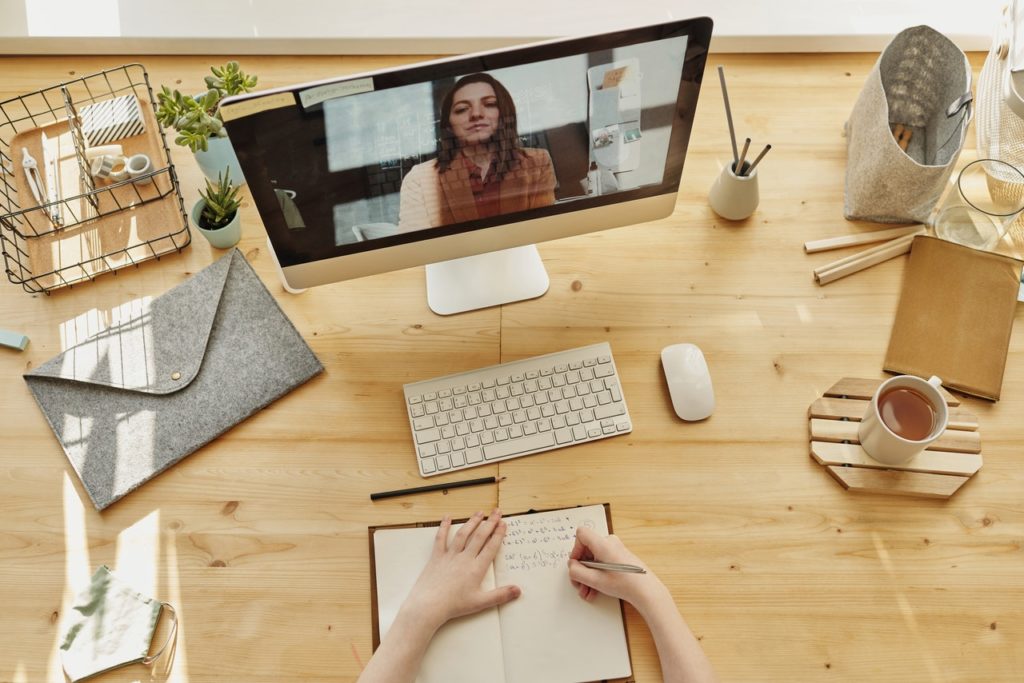As the pandemic continues to wreak havoc in our lives, teachers and students find themselves in a new and strange setting—a virtual classroom. Teachers should be commended for their patience and perseverance in trying to make their students learn. But more than anything, it is also time to recognize that unless we do something about the overall feel of the virtual classroom, it won’t be a sustainable set up for students and teachers alike.
Create a Study Space
The first thing that everyone needs to do is to create a study space. Teachers have to set up a small corner of their homes like a classroom. While not all students have the perfect study space at home, the teachers can guide them into designing a small corner of even their kitchen. First, the parents need to delineate a space for their kids’ learning space. They also need to use furniture, fixture, and things that students normally see in a real-life classroom.
The space needs to be organized. Parents and students can use classroom storage containers for school materials. Teachers should encourage the students to fix and clean this space the same way they do when they attend a face-to-face class.
Don’t Mute Students
Although a Zoom conference with 15 students is a multi-channel communication, it becomes a mono channel when the teacher hits the mute button. Allowing everyone a chance to speak is one of the most important aspects of a virtual classroom. In a face-to-face classroom, what makes students willing to engage more with the teachers is the power to speak whenever they want to. That is lost in a virtual setting where they need “permission” from the host to unmute their microphones.
Use the Chat Box

If not muting the students is not an option, think about using the chatbox. Teachers can use chat to reinforce ideas, backtrack to previous topics, and engage students. Those who do not have a private space at home can communicate using the chatbox. This eliminates the awkward feeling of letting everyone in the class hear about what’s being discussed in the home.
Write on a Board
Some may think that using a whiteboard is an antiquated concept. But even in Ivy League Schools, the blackboard or whiteboard is ubiquitous to classrooms. Teachers can use a whiteboard in a virtual classroom, too. They can either set up a board physically, or they can use virtual boards that they can use to reiterate points and concepts. This is also a great way to collaborate with students.
Create a Sense of Belonging
The students are so used to seeing and interacting with each other every day. Suddenly, the pandemic puts a stop to that. They lost that sense of belonging and camaraderie. These interactions are essential to their growth. Make sure they have plenty of opportunities to work together. Teachers should create study groups. They should also assign students to group projects. They have to continue such interactions outside the realm of the virtual classroom.
Stick to a Routine
Teachers should never cancel classes unless it’s for an emergency. They should build a routine. Teachers can guide parents in building that same routine in the house—from regular wake up and bedtime routines to homework activities to playtime. It’s bad enough that students have to isolate themselves at home. They shouldn’t add to that chaos by throwing away an already established routine.
No one knows what the next few months will be like. Will the students be able to go back to school? Can they attend face-to-face classes again? While the industry waits for new developments, they need to work on improving the virtual classroom experience.







